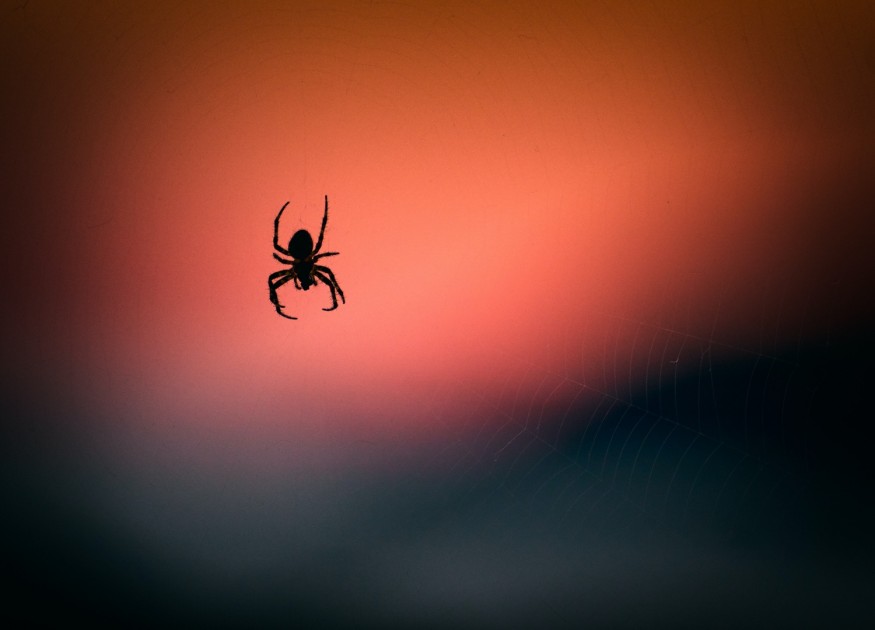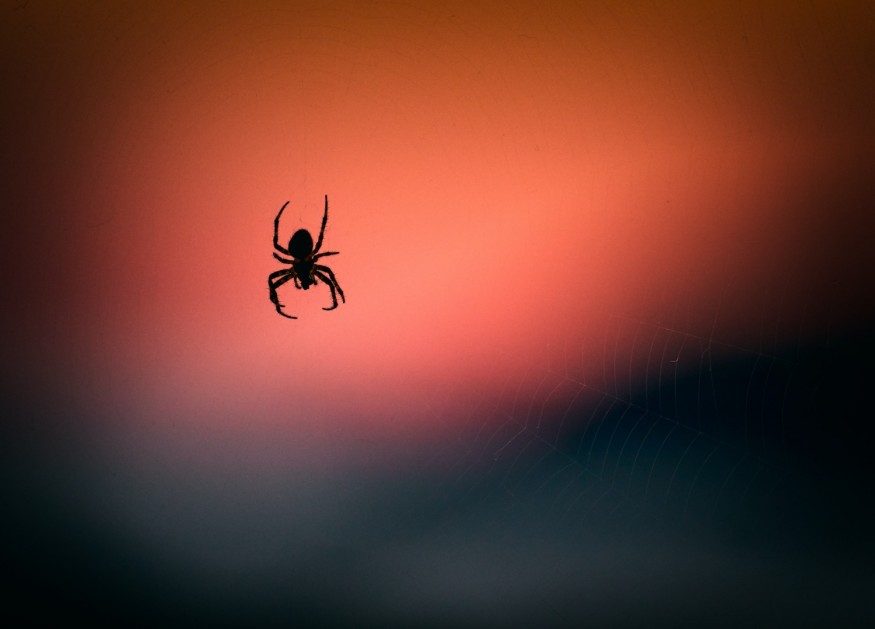


Check out more news and information on Environment and Climate in Science Times.



Check out more news and information on Environment and Climate in Science Times.
© 2026 ScienceTimes.com All rights reserved. Do not reproduce without permission. The window to the world of Science Times.









Sign up for our free newsletter for the Latest coverage!